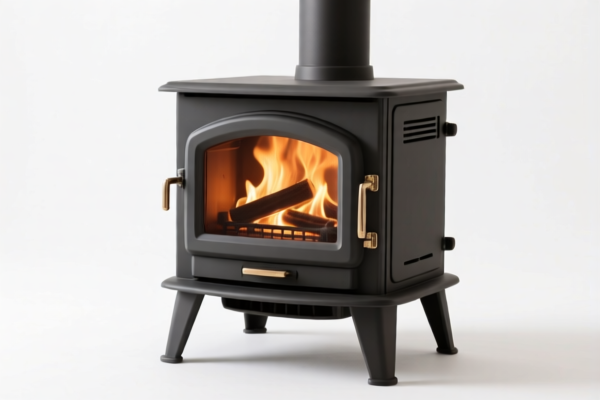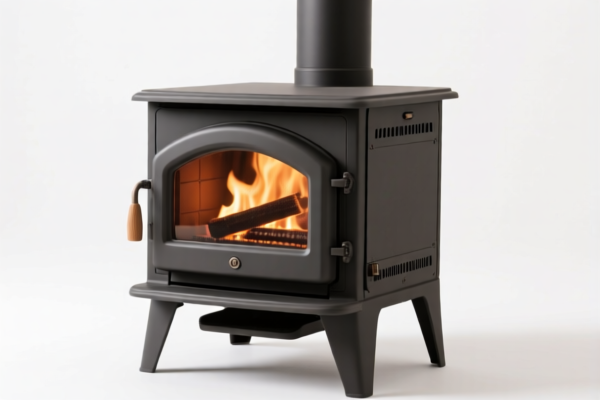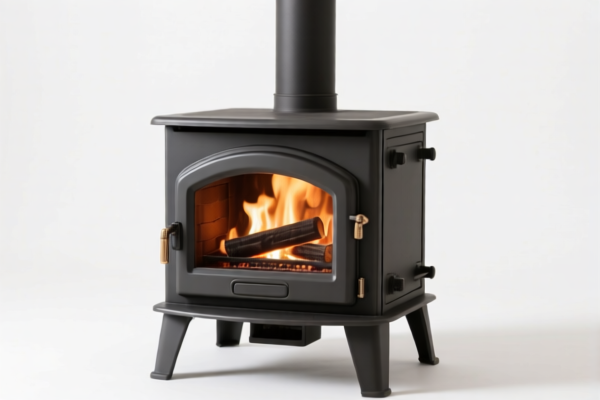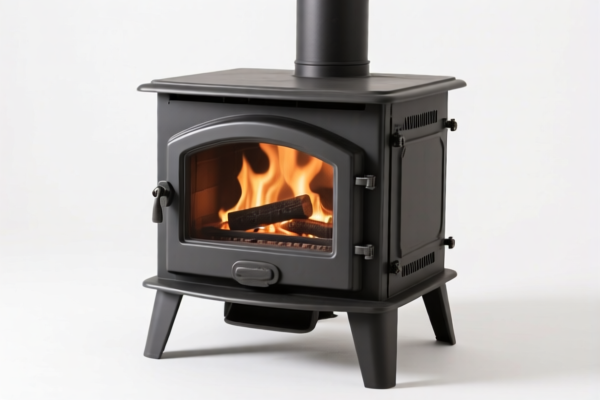| HS Code | Official Doc | Tariff Rate | Origin | Destination | Effective Date |
|---|---|---|---|---|---|
| 8516604074 | Doc | 55.0% | CN | US | 2025-05-12 |
| 8417200000 | Doc | 41.0% | CN | US | 2025-05-12 |
| 7321811000 | Doc | 82.9% | CN | US | 2025-05-12 |
| 7321890050 | Doc | 87.5% | CN | US | 2025-05-12 |
| 7321905000 | Doc | 105.0% | CN | US | 2025-05-12 |




炉子
炉子 (Lúzi) refers to a heating appliance used for cooking and/or heating. Its primary function is to generate heat through combustion or electrical resistance.
Materials
Historically, stoves were constructed from materials like brick, stone, and clay. Modern stoves utilize a wider range of materials including:
- Cast Iron: Known for its excellent heat retention and durability, commonly used in wood-burning stoves and stove tops.
- Steel: Offers strength and is frequently used in the body of stoves, especially gas stoves.
- Stainless Steel: Provides corrosion resistance and a sleek appearance, often found in contemporary stove designs.
- Glass Ceramic: Used for smooth cooktops, offering easy cleaning and visibility.
- Enamel: Applied to cast iron or steel for corrosion protection and aesthetic appeal.
Purpose
The core purpose of a stove is to provide controlled heat for:
- Cooking: Boiling, frying, baking, simmering, and roasting food.
- Heating: Providing warmth to a room or building, particularly in colder climates.
- Boiling Water: For tea, coffee, or other hot beverages.
- Industrial Processes: Some specialized stoves are used in manufacturing or other industrial applications.
Function
Stoves function by converting energy into heat. Common mechanisms include:
- Combustion: Burning fuels such as wood, coal, gas (natural gas, propane, butane), or oil. The heat generated is transferred to cookware.
- Electrical Resistance: Passing electricity through a resistive heating element, which generates heat.
- Induction: Using electromagnetic fields to directly heat cookware made of ferromagnetic materials.
Usage Scenarios
Stoves are used in a wide variety of settings:
- Residential: Kitchens in homes and apartments.
- Commercial: Restaurants, cafes, and catering facilities.
- Outdoor: Camping, picnics, and outdoor cooking.
- Industrial: Laboratories, workshops, and manufacturing plants.
Common Types
- Wood-burning Stove: Uses wood as fuel, offering a traditional heating method. Often features a chimney for smoke exhaust.
- Gas Stove: Utilizes natural gas or propane. Offers precise temperature control and quick heating.
- Electric Stove: Employs electrical resistance heating elements. Available in coil, smooth top, and ceramic glass varieties.
- Induction Stove: Uses electromagnetic induction to heat cookware directly. Highly efficient and responsive.
- Coal Stove: Burns coal as fuel, historically common but less prevalent today due to environmental concerns.
- Portable Stove: Compact and lightweight stoves designed for outdoor use, often powered by propane or butane canisters.
- Rocket Stove: A highly efficient wood-burning stove design that utilizes a combustion chamber and chimney to maximize heat output and minimize smoke.
- Pellet Stove: Burns compressed wood pellets, offering a convenient and efficient heating option.
根据您提供的“炉子”信息,以下是根据提供的参考资料中相关的HS编码及其详细说明:
-
7321111030:铁或钢制炉子、灶具、烤箱(包括带有中央供暖辅助锅炉的炉子)、烧烤架、炭火炉、煤气炉、热板及类似的非电家用炉具及其零件;用于煤气燃料或煤气和其他燃料的炊具和热板:便携式炉子或灶具。
- 73:铁或钢制品。
- 21:炉子、灶具、烤箱等。
- 11:用于煤气或煤气和其他燃料的炊具。
- 10:便携式炉子或灶具。
- 根据参考资料,该HS编码适用于铁或钢制、用于煤气燃料或煤气和其他燃料的便携式炉子或灶具。
-
7321190040:铁或钢制炉子、灶具、烤箱(包括带有中央供暖辅助锅炉的炉子)、烧烤架、炭火炉、煤气炉、热板及类似的非电家用炉具及其零件;炊具和热板:其他,包括固体燃料器具便携式:其他。
- 73:铁或钢制品。
- 21:炉子、灶具、烤箱等。
- 19:其他炊具。
- 00:其他。
- 40:其他。
- 根据参考资料,该HS编码适用于铁或钢制、包括固体燃料器具的便携式炉子或灶具。
请注意,根据参考资料,对于HS编码7321111030和7321190040,可能需要验证钢、铝制品,并可能需要25%的加征关税。
Customer Reviews
清晰且简洁。塑料建筑门的HS编码和关税详情正是我所需要的。
这对我的进口业务来说简直是救星。关于HS编码3925和塑料门的细节非常准确。
该页面帮助我更好地理解了关税率,但我想了解如何应用它们的更多信息。
该页面提供了良好的HS编码信息,用于出口到美国。有点技术性,但非常准确。
我对关税细节的简洁性印象深刻。这使得理解5%的税率变得容易多了。